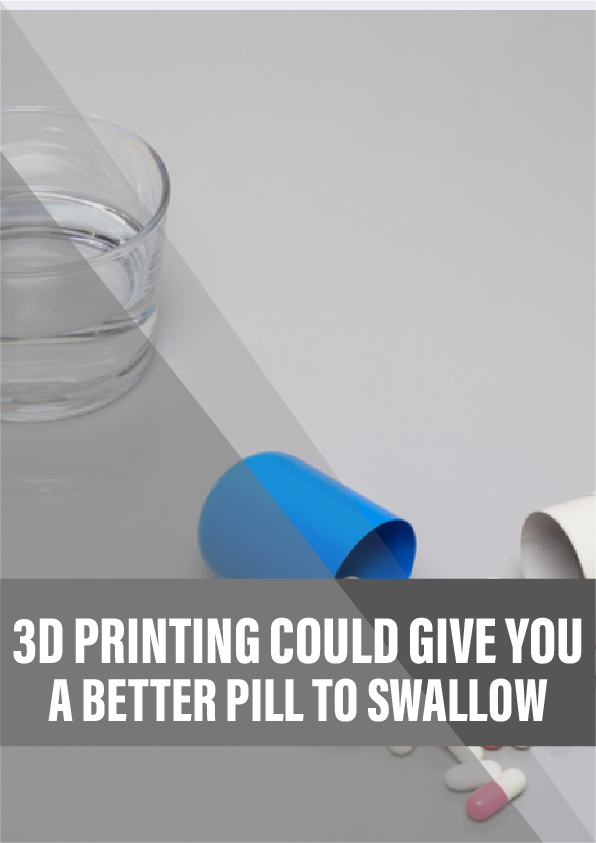Meet the scientists using 3D printers to deliver safer, more effective tablets for children.
In March 2017, 13-year-old Joseph was diagnosed with juvenile arthritis. He has been undergoing treatment at Alder Hey Children’s Hospital in Liverpool ever since.
“He was really, really poorly,” Joseph’s mother, Helen, tells me. “He needed the steroids – there was no getting around that – but one of the side-effects of long-term steroid use is that your body can stop producing its own cortisol.” In effect, his adrenal glands went to sleep.
To replace the lost cortisol, a hormone involved in metabolism and the immune system, Joseph also started taking hydrocortisone tablets in January 2018, and he’ll keep taking them until his adrenal glands start producing cortisol again.
Hydrocortisone, however, is one of many medicines that cause problems for children. In the UK, it is available as 10 mg or 20 mg tablets, and adults generally take two or three whole 10 mg tablets a day. Guidance in the patient information leaflet states that children should take “0.4 to 0.8 mg a day, for every kilogram of your child’s weight in two or three separate doses”.
It is left to parents, therefore, to hack each 10 mg tablet into pieces a few millimetres in size. Joseph takes half a tablet in the morning, another half at midday and a quarter tablet at teatime.
“I’m fine about taking the tablets,” says Joseph, now 15. “But it’s annoying having to cut them up.”
“It is an absolute pain at teatime,” adds Helen, “because they’re not really designed to be broken. They did give us a little cutter, but you really can’t easily cut it into the quarters and they tend to crumble. It’s not an accurate dose.”
This can be a serious problem, explains Matthew Peak, Director of Research at Alder Hey: “If they’re getting an underdose because the quarter that they’ve chopped has got half of what you expect in it, then they start to fall asleep at school in the afternoons. It really affects you.
“Or you might oxidise it. In breaking up the tablet, you would be doing untoward things to the active drugs. There’s all kinds of problems that can arise.”
A few years ago, Peak began to wonder whether it would be possible to offer children and young people like Joseph bespoke tablets – sized to suit them and containing the exact dosage they require. He now believes it is possible, and that the answer could lie in 3D printing.
Reference:
- The first trial to administer 3D-printed tablets to children was described in a press release from the University of Central Lancashire, where Dr Alhnan was based until 2018.
- The UK’s National Institute for Health Research explains the role of a Young Person’s Advisory Group and how it works.
- Following its approval in 2015, Emily Matchar wrote a detailed description of Spritam and how it’s made.
- In 2018, Nina Notman rounded up current potential pharmaceutical applications of 3D printing for Chemistry World.
- Wen-Kai Hsiao, Barbara Lorber and colleagues offered their expert opinion on the future of 3D printing tablets, published in 2018. [PDF]
- In the American Journal of Bioethics, Lucy Frith, Bridget Young and Kerry Woolfall published this 2014 overview of different forms of patient and public participation in healthcare.
- In a 2014 review, L Aubree Shay and Jennifer Elston Lafata found positive effects for patients who feel involved in decision making, although there was no evidence for better health outcomes.











